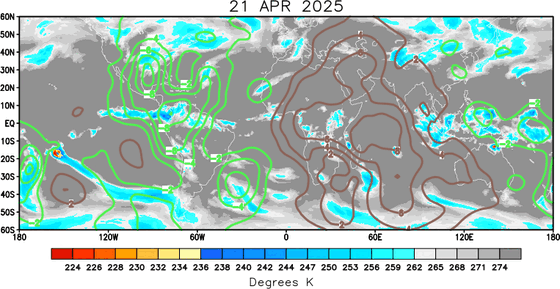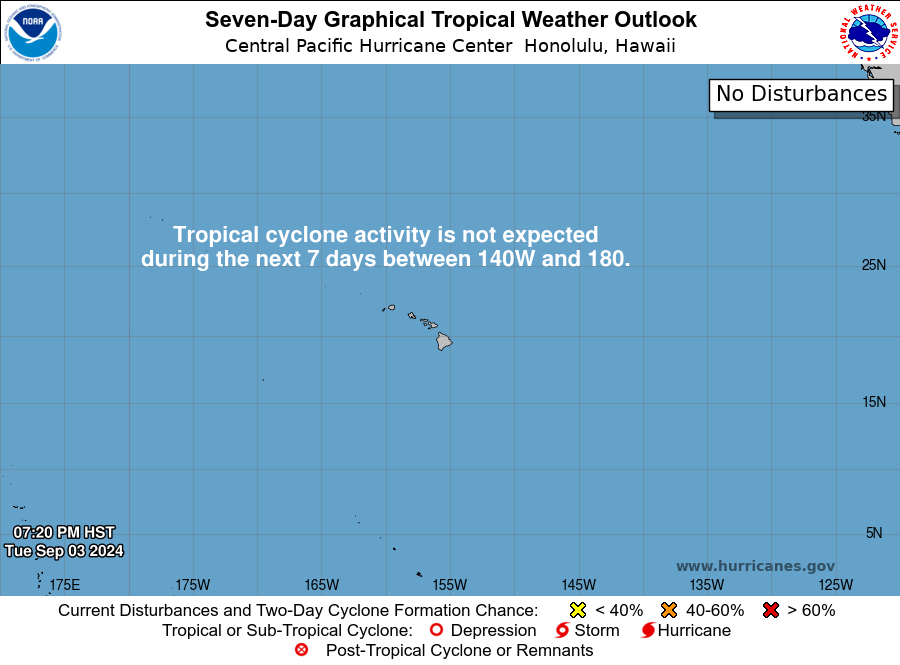Jacksonville, Fl. — The “Buresh Bottom Line”: Always be prepared!.....First Alert Hurricane Preparation Guide... City of Jacksonville Preparedness Guide... Georgia Hurricane Guide.
STAY INFORMED: Get the * FREE * First Alert Weather app
FREE NEWS UPDATES, ALERTS: Action News Jax app for Apple | For Android
WATCH “Preparing for the Storm”
WATCH “The Ins & Outs of Hurricane Season”
READ the First Alert Hurricane Center “Preparation Guide”
Federal Alliance for Safe Homes (FLASH) * here *.
***** ALWAYS CHECK & RE-CHECK THE LATEST FORECAST & UPDATES! ****
Tropics threats for Jacksonville/NE Florida/SE Georgia: Strong winds on the backside of Milton will continue into early Thu. evening.
LOCAL IMPACTS FROM MILTON FOR JACKSONVILLE/NE FLORIDA & SE GEORGIA:
* Milton is moving away but strong & gusty winds will continue into early Thu. evening with sustained winds 20-30 mph with gusts 40-60 mph with the strongest winds at the beaches & along/near the intracoastal & St. Johns River.
“Buresh Bottom Line”:
* After a Cat. 3 landfall on the Florida west coast Wed. evening, Milton will continue to move east away from Florida. Strong & gusty winds will continue throughout the day along with local tidal flooding at times of high tide at the coast, intracoastal & the St. Johns River & its tributaries.
* “Leslie” is over the Central Atlantic stay far to the east over the open Atlantic & is no threat to land.
* “The Hell that was Helene” - Buresh Blog.
The Atlantic Basin Overview:
(1) Low pressure became tropical depression #14 over the Western Gulf Sat. morning & was upgraded to tropical storm “Milton” Sat. afternoon - the 13th named storm of the Atlantic season... the avg. date for the 13th storm is Oct. 25th... & to the 9th hurricane of the Atlantic season Sunday afternoon which is already above the avg. for an entire season. Milton became a ‘major’ Cat. 3 hurricane early Mon.... becoming a Cat. 5 by midday Monday. Milton then went through an eyewall replacement cycle Monday night causing some weakening that may have also been helped by proximity to the Yucatan Peninsula & the ingestion of some dry continental air. Milton returned to a Cat. 5 Tue. afternoon before finally beginning to fall off that peak Wednesday followed by a Cat. 3 landfall about 8:30pm at Siesta Key. Milton rather quickly exited Florida - near 4am - between Daytona Beach & Cape Canaveral.
Strong & gusty winds will continue through the day Thursday but the heavy rain has ended.





(2) Tropical depression #13 has formed right behind - to the east of - & was upgraded to “Leslie” Wed. night & became a hurricane Fri. evening - the 8th of the Atlantic season & now exceeds the avg. for the entire season of 7 hurricanes. Leslie will stay well out to the east over the Central Atlantic while turn sharply north then northeast.The 12th named storm develops - on avg. - Oct. 11th.

(3) A tropical wave is moving off the coast of Africa with some potential for development but will quickly turn northwest so will stay over the far Eastern Atlantic but may bring some gusty squalls to the Cape Verde Islands.

‘Velocity potential anomalies’ below shows far less “sinking” air (brown lines) spreading across the Atlantic Basin. With sinking air, tropical development can occur but overall conditions are not as conducive as when there is overall rising (green lines) air where convection is active.

REMEMBER WHEN A TROPICAL STORM OR HURRICANE IS APPROACHING: Taping windows is *not* recommended & will not keep glass from breaking. Instead close curtains & blinds.
Realize the forecast cone (”cone of uncertainty”) is the average forecast error over a given time - out to 5 days - & *does not* indicate the width of the storm &/or where damage might occur.
The upper oceanic heat content (UOHC) [tropical cyclone heat potential/TCHP] across the SW Atlantic, Gulf & Caribbean is very high:






Water vapor loop (dark blue/yellow is dry mid & upper level air):


October tropical cyclone origins:
Averages below based on climatology for the Atlantic Basin for October:
Wind shear (red - strong shear; green - low shear):



Saharan dust spreads west each year from Africa driven by the prevailing winds (from east to west over the Atlantic). Dry air = yellow/orange/red/pink. Widespread dust is indicative of dry air that *can* interfere with the development of tropical cyclones. However, sometimes “wanna’ be” waves will just wait until they get to the other side of - or away from - the dust plume then try to develop if other conditions are favorable (we’ve already seen this with Beryl & Debby this year). In my personal opinion, there is way too much “hoopla” about the presence of Saharan dust & how it relates to tropical cyclones. In any case, the peak of Saharan dust typically is in June & July.

2024 names..... “Nadine” is the next name on the Atlantic list (names are picked at random by the World Meteorological Organization... repeat every 6 years). Historic storms are retired [Florence & Michael in ’18 (the last time this year’s list was used)... Dorian in ’19 & Laura, Eta & Iota in ‘20, Ida in ‘21 & Fiona & Ian in ‘22]). In fact, this year’s list of names is rather infamous because of the ‘04 season when Charley, Frances, Jeanne & Ivan - all retired names - hit Florida within a matter of about 6 weeks. The WMO decided - beginning in 2021 - that the Greek alphabet will be no longer used & instead there will be a supplemental list of names if the first list is exhausted (has only happened three times - 2005, 2020 & 2021). The naming of tropical cyclones began on a consistent basis in 1953. More on the history of naming tropical cyclones * here *.

Hurricane season climatology:




East Atlantic:





Mid & upper level wind shear (enemy of tropical cyclones) analysis (CIMMS). The red lines indicate strong shear:
Water vapor imagery (dark blue indicates dry air):

Deep oceanic heat content over the Gulf, Caribbean & deep tropical Atlantic. The colors will brighten greatly as the water warms to greater depths deeper into the season:

Sea surface temp. anomalies:


SE U.S. surface map:

Surface analysis centered on the tropical Atlantic:

Surface analysis of the Gulf:

Caribbean:

Atlantic Basin wave period forecast for 24, 48, 72 & 96 hours respectively:





East & Central Pacific:




Central Pacific:

Hawaii satellite imagery:


West Pacific:

Global tropical activity:

“Barijat”:



Cox Media Group









